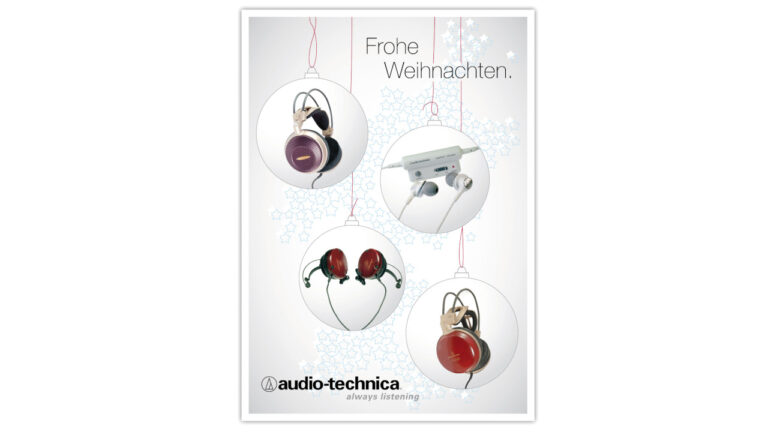
Those playback buttons on the right-hand side of the screen (for power, play/pause, track skip, changing the display format and switching between speaker and headphone output) are thin ‘strip’ keys that, while discreet, aren’t particularly nice to use. We’d like the dial to have a ‘select’ function when pressed, mind – it would feel more intuitive than reaching for the play/pause button or simply leaving it to automatically select. The dial comprises two parts: an outer wheel for browsing and navigating menus, which has a mechanical click, making it easy for you to be exact with your selections, and a more fluid inner volume wheel that’s smooth and responsive. The colourful panel prioritises album artwork and, providing you are close to the box, it’s easy to read the accompanying playback info (which includes file size and type) and menu settings.

We’re particularly fond of the 6.8in LCD panel and dual-concentric rotary dial on the facade – these design elements are reminiscent of the company’s flagship Edge products. Whether your taste veers towards classic traditionalism or sleek modernity, the Evo deserves to be seen and not just heard. The included panels are walnut wooden (a nod to Cambridge's first product, the P40 amplifier released in 1968) and an attractively corrugated material made primarily from a recycled paper called Richlite.

The black anodised aluminium chassis – somewhere between half and full-width chassis, measuring 31.7cm wide and about as deep – features magnetically attached side panels that can be swapped out at the owner’s discretion. Of course, beauty lies in the eye of the beholder, so Cambridge has found a way to appeal to more than one taste and living room decor. The one-box convenience of systems such as this has encouraged a more contemporary ‘lifestyle’ design ethos, and Cambridge has made the Evo 75 (and its aesthetically similar sibling) a beauty to behold. Vinyl-loving Evo 75 owners will have to connect a deck with a phono stage to the RCA input, or buy a separate phono stage.
#Cambridge audio tidal connect plus#
As well as delivering double the power output and featuring a different ESS Sabre DAC chip, the step-up Evo 150’s selling point is the inclusion of phono, asynchronous USB and balanced XLR inputs, a second optical input, plus two sets of speaker terminals for running two pairs of speakers simultaneously.

Turntable owners will notice no mention of a built-in phono stage – sadly, that’s not an oversight on our part. There is also the opportunity to add external sources to the set-up, whether that’s a TV, CD player (Cambridge plans to launch an Evo CD transport later in the year) or storage drive, via the Evo 75’s RCA, USB, coaxial, optical and HDMI ARC sockets. The numerous ways in which you can stream music from your phone or tablet these days may seem daunting, but whichever route you decide to go down, the Cambridge won’t discriminate.
#Cambridge audio tidal connect Bluetooth#
AirPlay 2 allows one-touch casting from Apple devices, aptX HD Bluetooth offers an ‘offline’ streaming method, while support for Roon Ready completes a comprehensive streaming connectivity list. Spotify Connect and the new Tidal Connect (complete with MQA support for streaming hi-res Tidal Masters) are onboard to allow subscribers to play and control those services’ libraries from the native apps, while Google Chromecast offers native app playback for the likes of Deezer, YouTube Music, Apple Music and TuneIn Radio, too. Inputs Coaxial, optical, RCA, USB, HDMI ARC, ethernet


 0 kommentar(er)
0 kommentar(er)
